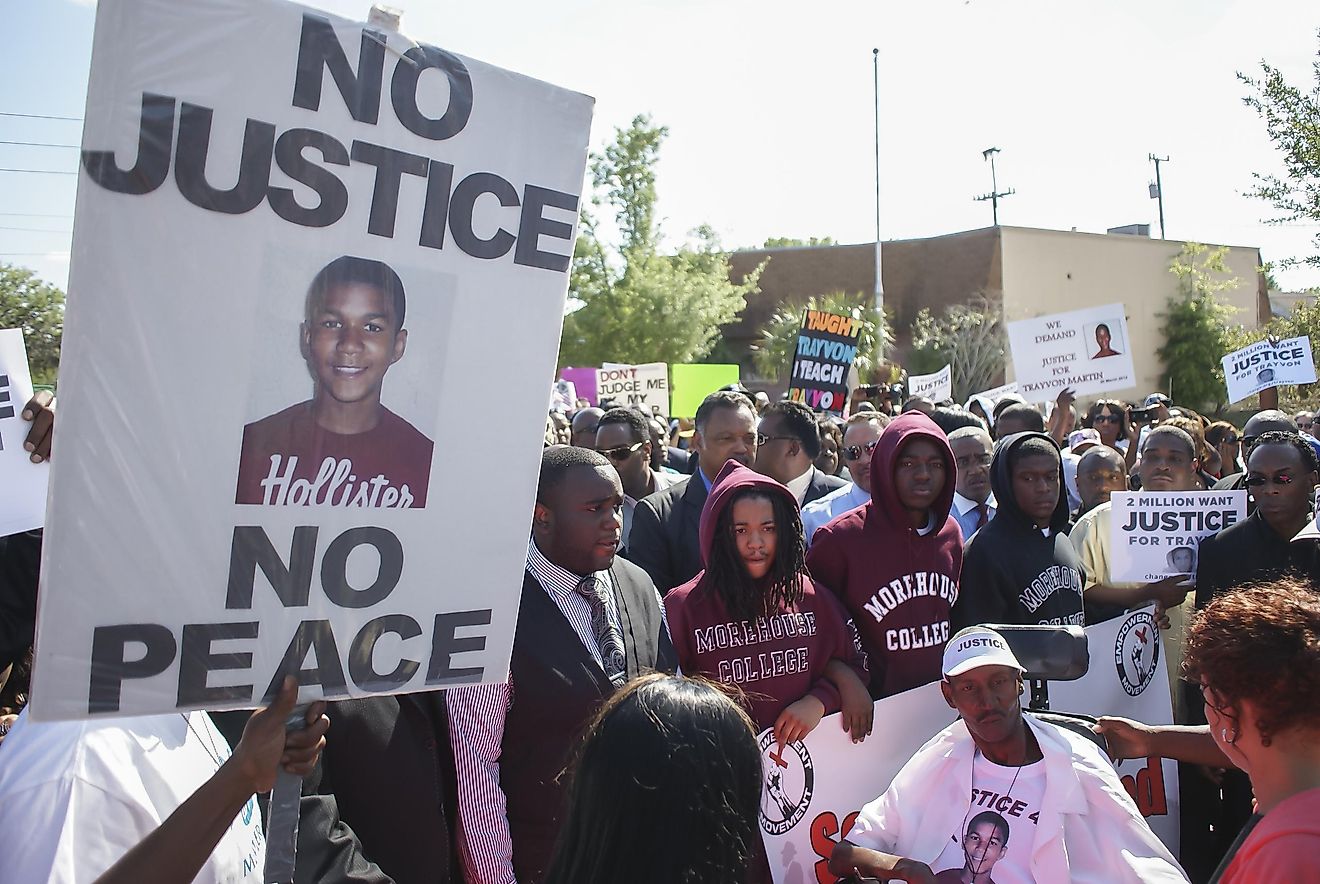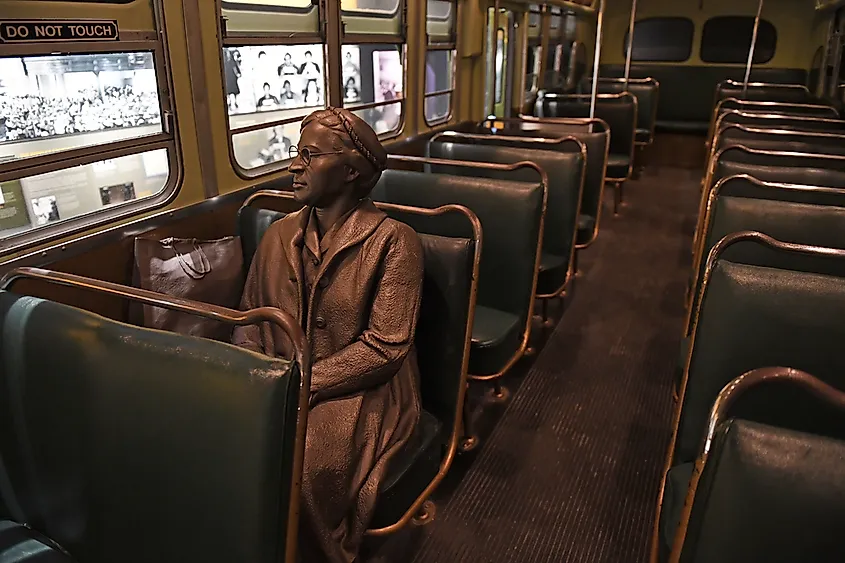The Origins Of The American Civil Rights Movement

- The Civil Rights Movement in America was a movement started by African-Americans to end racial discrimination and segregation in the United States and give them equal rights as all other people living in the country.
- The origins of the movement can be found in the late 19th century, during the Reconstruction era. However, the movement was at its strongest during the 1960s.
- Jim Crow was a racial caricature of a black person, and the name was used for laws that enforced racial segregation, mostly in the South of the U.S.
- An angry mob killed Emmet Till for simply talking to a white woman, and this generated a huge outrage all over the country and mobilized African-American activists. It is still remembered as an extremely sad and tragic moment that kickstarted the civil rights movement.
The Civil Rights Movement in America was a movement started by African-Americans to end racial discrimination and segregation in the United States and give them equal rights as all other people living in the country. The struggle lasted for several decades, and it is still not over to this day.
The origins of the movement can be found in the late 19th century, during the Reconstruction era. However, the movement was at its strongest during the 1960s. This period was the result of various grassroots movements and examples of direct action throughout the several decades preceding it.
Eventually, the civil rights movement managed to secure protections of the human rights of all American people, and those protections were placed in federal laws. We will look at the origins of the movement in this article.
The Jim Crow Laws
Slavery was abolished in the 1860s in the United States after the Civil War, and many constitutional and emancipation rights were legally provided to all African-Americans. Black people were mostly enslaved until that point, and these changes were added to the United States Constitution. The changes were called the Reconstruction Amendments, but even if they managed to change some things for the better, African-Americans were still deprived of their civil rights.

This mostly occurred under the guise of Jim Crow laws. Jim Crow was a racial caricature of a black person, and the name was used for laws that enforced racial segregation, mostly in the South of the U.S. These laws are often considered the first step towards the start of the civil rights movement.
After these laws started being enforced, many attempts by African-American activists were made to give themselves legal rights and end segregation. Some were successful to a degree, and the Jim Crow laws were finally weakened by the ruling of the Supreme Court in 1954. Between 1955 and 1968, African-American activists held various protests in order to try and achieve a peaceful dialogue with government authorities.
Emmett Till And Rosa Parks
Federal governments all over the country responded to these protests in ways that showcased inequalities that African-Americans had to face in the United States. Acts of racism could be seen all over the country, and two specific events changed everything, both occurring in 1955.

The first one was the brutal lynching of Emmett Till, a black teenager from Mississippi. An angry mob killed him for simply talking to a white woman, and this generated a huge outrage all over the country and mobilized African-American activists. It is still remembered as an extremely sad and tragic moment that kickstarted the civil rights movement.
The second event that is often mentioned as one that gave that final push to the civil rights movement was the Montgomery bus boycott that was started when Rosa Parks refused to give up her seat on a bus. She was a black woman on a bus that was segregated according to race, and she was sitting in part designated for white people.
This caused an outrage and made her one of the most iconic members of the civil rights movement. Multiple sit-ins across the country followed this, and finally, many marches, including the Selma to Montgomery marches. Martin Luther King Jr. gained prominence during this time, and the rest is history.











